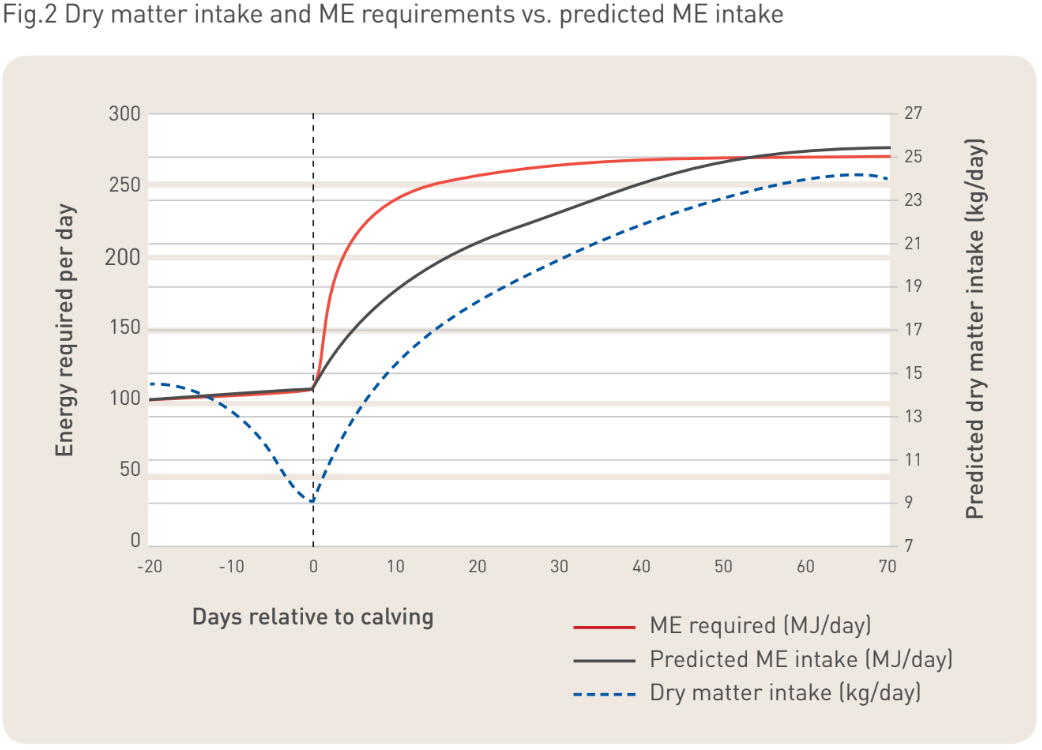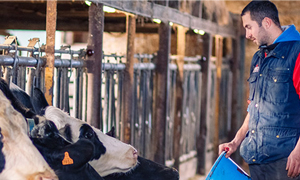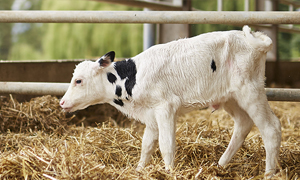Oxidative Stress : Its Impact on Transition Cows
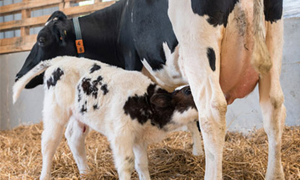
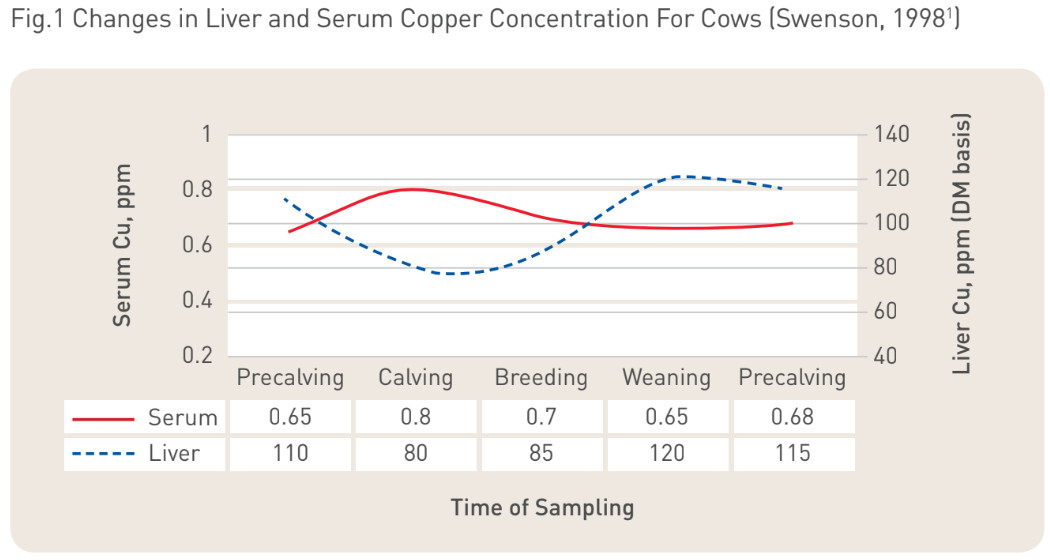
Cows having adequate liver Cu stores pre-calving (110 ppm) became marginally deficient by the time of parturition (80 ppm). Even in well fed (orally supplemented) cows, oxidative stress occurs due to depressed oral feed intake prior to and following calving, or during periods of stress.
During the transition period, the energy requirement that is needed for foetal growth and milk synthesis increases dramatically, exceeding the amount of energy the cow can obtain from dietary sources (negative energy balance), see Fig 2.
Fatty acid oxidation in the liver, results in the increased production of free radicals and oxidative stress development 2 .
Free radical generation increases as metabolic rate increases and the need for antioxidant enzymes to metabolize free radicals increases 3. (Refer to the article on oxidative stress, its effect on cattle and the role of trace minerals).
Production of oxidizing agents has been suggested to occur in many disease problems of cattle such as: milk fever, mastitis and retained placenta; the antioxidant system becomes impaired with acceleration in the process of lipid peroxidation 4 .
Piccinini et al (2004)5 showed the significant oxidative stress, that the period immediately prior to and following parturition imposes on the first calf heifer. In their first lactation heifers are recovering from their first calving, commencing lactation, trying to conceive once again and all this while they are still growing. This study also showed significant decreases in Superoxide Dismutase during the period of 14 days following parturition, compounding oxidative stress.
In a Cornell University study, dairy cows given an injectable trace mineral supplement 60 days pre-calving, 30 days pre-calving and 35 days in milk showed health throughout lactation 6. Cattle supplemented this way also showed raised levels of the key antioxidant enzyme Superoxide Dismutase through the transition period to100 days in milk7 , this could mitigate the potential role of oxidative stress in the transition period.major improvements in overall herd.

